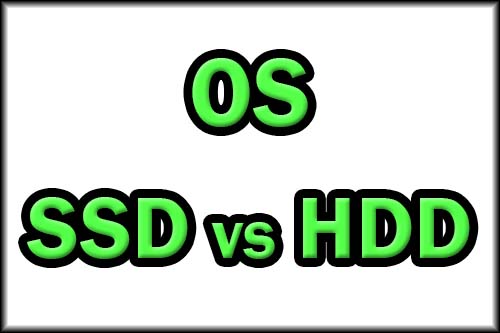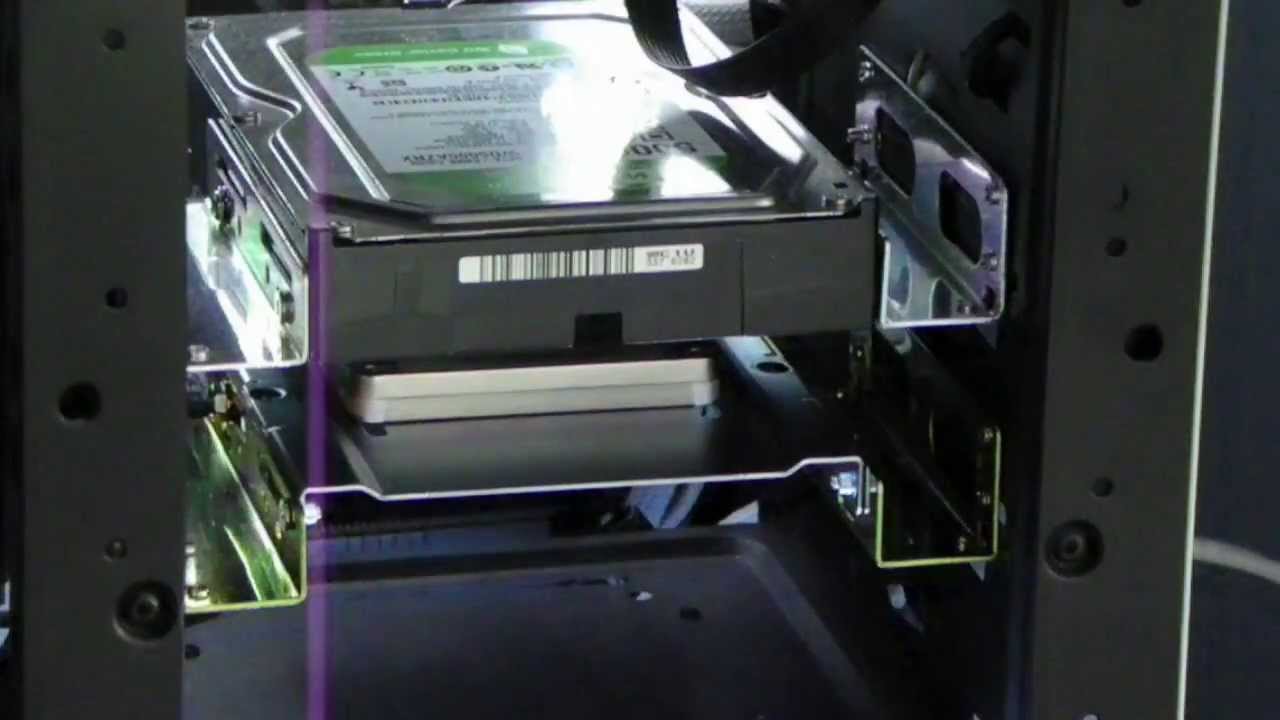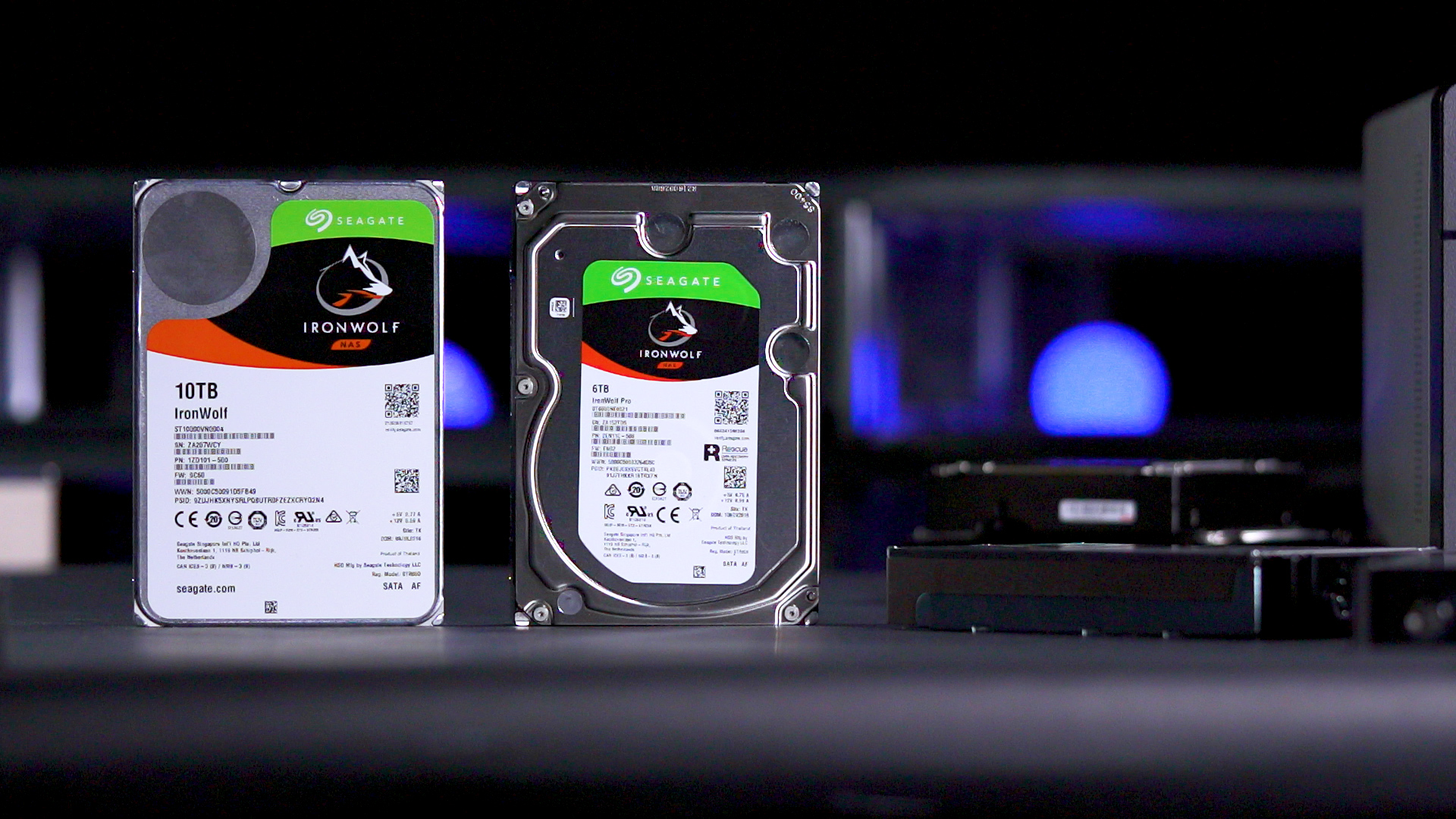

- #Install mac and windows os on ssd and hdd for storage install
- #Install mac and windows os on ssd and hdd for storage drivers
- #Install mac and windows os on ssd and hdd for storage update
- #Install mac and windows os on ssd and hdd for storage windows 10
It was a $50 card, what can I get for that amount of money? My wife and i were thinking of getting a flash storage drive to set up a shared volume on our home Wifi network. Recently I received an Amazon gift card for my birthday. I may be a little late for the SSD party, but it was an amazing difference. Really! Now my Mac waits for me, instead of the other way around. Easily Five to Ten Times Fasterįor my birthday this year, I sped up my old MacBook Pro 2012 by at least 5 to 10 times faster. Being careful, I have completed these same manoeuvres using VO, many times. VoiceOver works well throughout most of it, with only a few questionable areas. That being said, the processes below are pretty straight forward. You should have a good working knowledge of installing Mac operating systems and experience with external drives, as well as being comfortable with VoiceOver or your preferred adaptive interface. This post is intended for intermediate to advanced Mac users. Run the Setup.exe application included with the Windows Support Software.Intended for Intermediate to Advanced Mac Users.
#Install mac and windows os on ssd and hdd for storage windows 10
Boot to Windows 10 and follow the instructions.Usually, this is the EFI partition on the external drive. bcdboot: This command installs the Windows 10 boot files to the EFI partition.
#Install mac and windows os on ssd and hdd for storage drivers
#Install mac and windows os on ssd and hdd for storage install
#Install mac and windows os on ssd and hdd for storage update
The firmware then reads the update file from the internal EFI partition.
:max_bytes(150000):strip_icc()/how-to-know-if-you-have-an-ssd-or-hdd-hard-drive-51913691-91f86e9179ba4bb5a49d7b2be6c005a0.jpg)
On my HP PC, a firmware update is performed by first copying the update file to the FAT32 formatted internal EFI partition, then the firmware is asked to update itself. I do not know for sure why the internal drive is needed for firmware updates. This would mean you could end up failing to install a clean version of macOS or have a failure while running a routine update to macOS.

Currently, firmware updates are included in with certain versions of macOS.

Be aware, the internal drive is needed to do firmware updates.


 0 kommentar(er)
0 kommentar(er)
